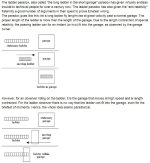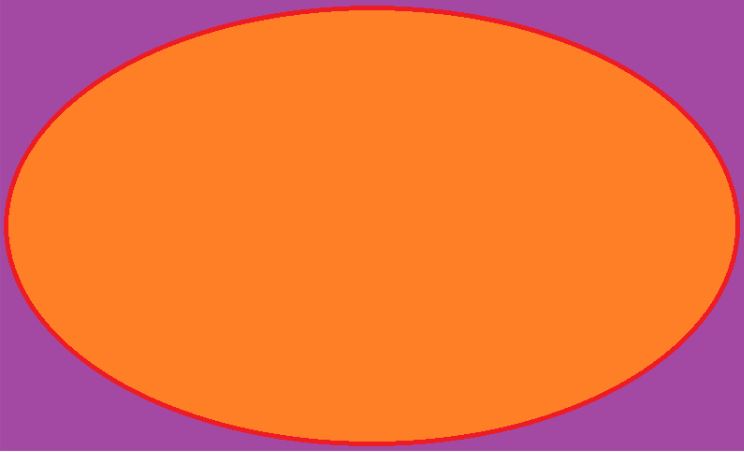As an object's velocity approaches the speed of light (sol) it shrinks in length, and grows more massive (like getting heavier). *
In the following scenario, when both ladder & garage are at equal rest, the ladder is too long to fit in the garage. Approaching sol an object's dimension along the axis of travel shortens.

* This is why matter can't exceed sol. An object can't simultaneously be infinitely short, and infinitely massive.
In the following scenario, when both ladder & garage are at equal rest, the ladder is too long to fit in the garage. Approaching sol an object's dimension along the axis of travel shortens.

* This is why matter can't exceed sol. An object can't simultaneously be infinitely short, and infinitely massive.
